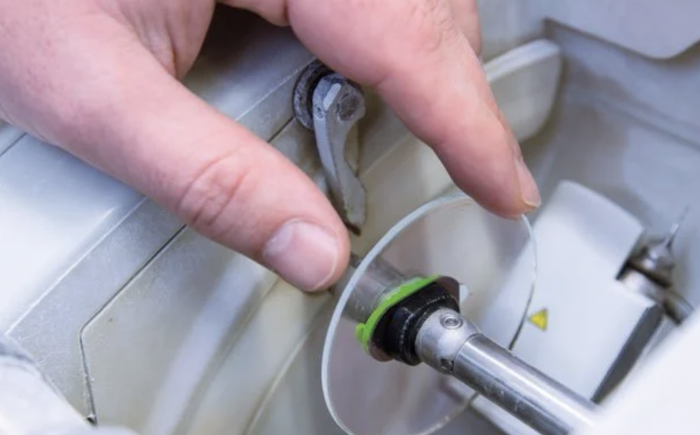Polytec: Quality control in optical polishing

In the world of precision manufacturing, surface quality plays a crucial role in the performance and longevity of products. Whether you’re dealing with optical components or mechanical parts, surface texture, roughness, and imperfections like scratches can significantly affect the functionality.
The Importance of Surface Texture
Surface texture refers to the minute details of a surface’s features, including roughness and waviness. These characteristics influence how components interact with their environment, especially in precision applications where even the smallest imperfection can have serious consequences.
How Surface Roughness Affects Performance
A key factor in surface quality is roughness, which can directly impact friction, wear, and even aesthetic appeal. High precision in surface texture ensures reduced friction and longer lifespan for the product.
The Role of Imperfections and Scratches
Even the slightest imperfections can alter how a component functions, especially in highly sensitive systems like optics. Scratches or micro-defects can cause light scattering in optical systems or introduce unwanted friction in mechanical parts.
Advanced Tools for Accurate Measurement
To meet the demands for high precision, manufacturers use advanced tools to characterize surface texture. Instruments like the TopMap Micro.View® coherence scanning interferometer provide non-contact, high-resolution measurements, ensuring accuracy and repeatability in identifying surface flaws.
Conclusion
Surface texture characterization is essential for ensuring the quality and reliability of precision components. By using advanced measurement techniques, manufacturers can guarantee the highest quality in their products, free from imperfections that could compromise performance.
For more information, please visit: Polytec Magazine.
News Categories
- » NEWS HOME
- » Automation & Robotics
- » Industry 4.0
- » Material Handling
- » Sensors
- » Quality & Testing
- » Machine Vision
- » Laser & Optics
- » Metalworking
- » Motion Control & Drives
- » Hydraulics & Pneumatics
- » Process Industry
- » Renewable Energy
- » Agriculture
- » Home & Office Furniture
- » Additive Manufacturing
- » Environmental Tech









